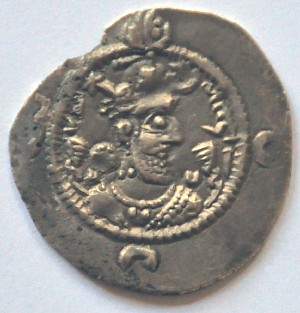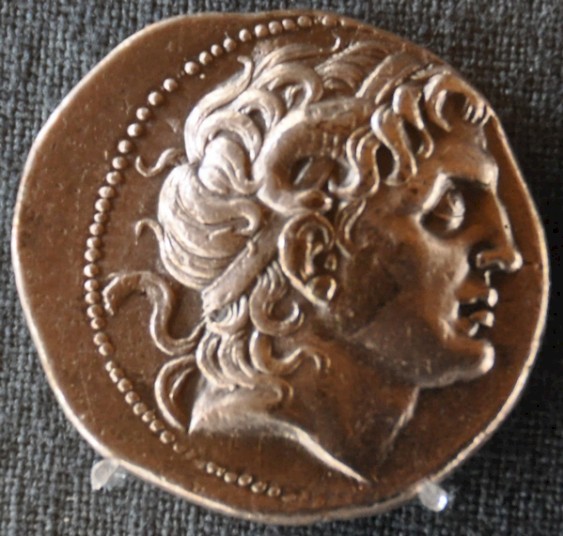Wall of Alexander
Q71551832Wall of Alexander: defense wall in northeastern Iran.

The Wall of Alexander (Sad-e Eskander) or Red Wall (Qezel Alang) separates modern Golestan, a province in northeastern Iran, from Turkmenistan. This is not just the frontier between two modern states, it is also a very ancient cultural divide: to the south are fertile agricultural grounds and to the north is the steppe.
Stated differently, the north is the nomads' country, the south belongs to peasants and farmers. For centuries, these two kinds of people have lived in an uneasy partnership (cf. the Biblical story about the farmer Cain who killed the shepherd Abel). Throughout history, it was not unusual that the sedentary population built walls to protect itself against the nomadic tribes. One of these structures is the "Wall of Alexander" or "Gorgan Wall".

Hardly anything of the wall survives, but it can be traced from a point 5 kilometer east of the Caspian Sea (an indication of how much it has receded) to a northern spur of the Elburz Mountains; the distance is about 100 kilometers. Every 5 kilometers, there was a castle. Construction has been attributed to the Sasanian king Khusrau I 'Deathless Soul' (r. 531-579), who indeed defended Hyrcania against the White Huns living on the Central-Asian steppe.
Although research of the wall is difficult (for centuries, it has been robbed of its stones, and a part of it is now situated amidst quicksands), it has been assumed that Khusrau merely reconstructed an older structure, and in 2004, archaeologists announced that they believed that at least a part of the wall dated back to the Achaemenid age (550-330 BCE). Later researchers, in the winter of 2007/2008, said there was more evidence for a Sasanian date, because the bricks had been baked somewhere in the fourth to sixth centuries. Three radiocarbon dates narrow this to an interval between 470 and 570, making it possible that Khusrau was indeed the builder of the wall in its present shape.

The attribution of the wall to Alexander the Great cannot directly be falsified, but cannot be confirmed either. Still, the name "Wall of Alexander" is not completely nonsense, because the Macedonian conqueror is known to have built comparable defence works in Margiana. The main basis for this identification, however, is not historical but religious: in the Quran, it is said that Dhû'l-Qarnayn ("the horned one") built a large wall to separate Yâgûg and Mâgûg ("Gog and Magog").note The "horned one" must be Alexander, who, as son of the god Ammon, was often depicted with horns. As a historical argument, this does not stand up to scrutiny.
Literature
Duncan B. Campbell, "Who Built Alexander's Wall? An Ancient Frontier Wall in Northern Iran", in: Ancient Warfare 7.6 (2013) 47-51